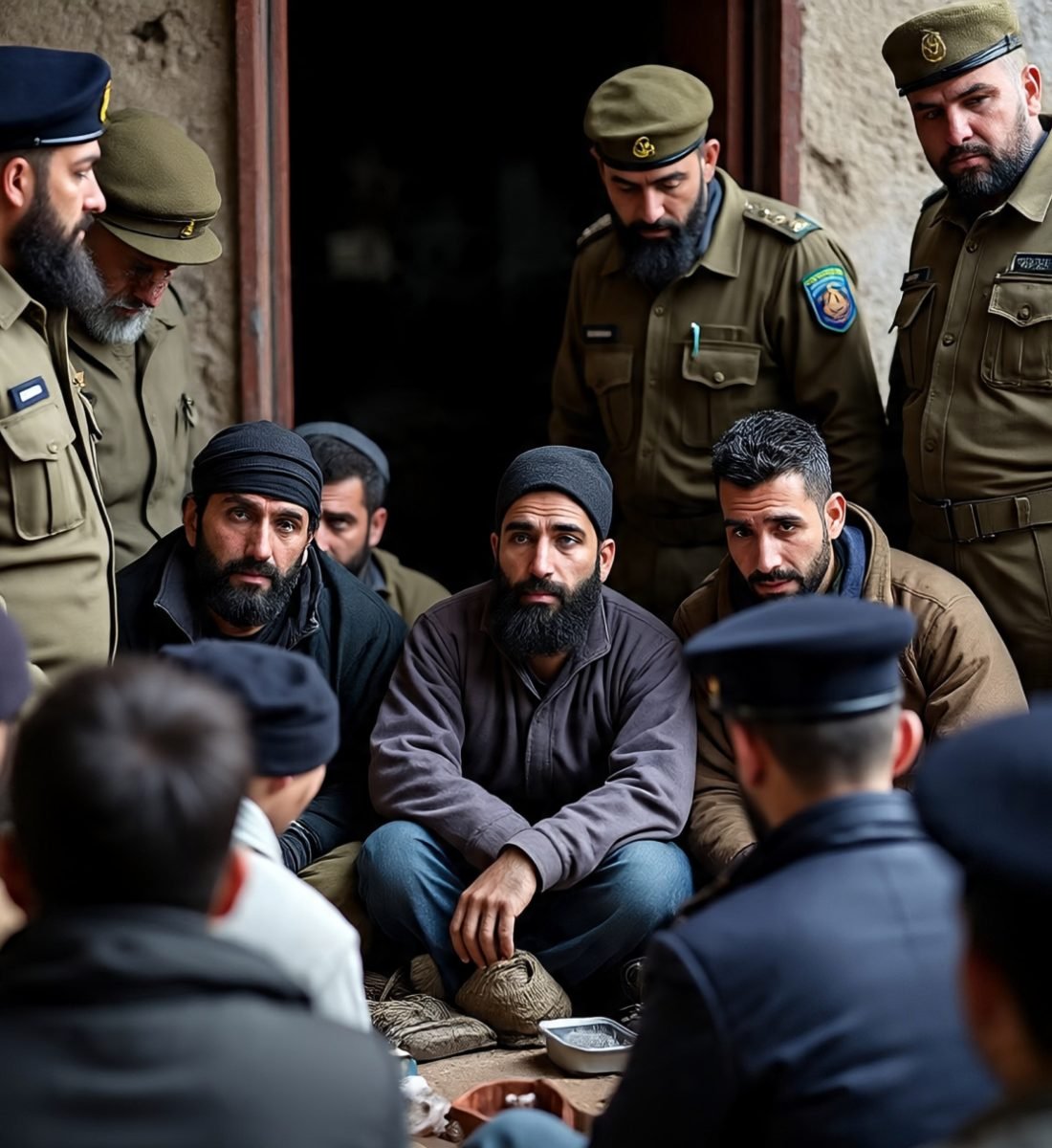Afghan Migrants Face Brutal Deportations from Iran Amid Security Crackdown

Islam Qala, Afghanistan – Ali Ahmad’s voice trembles as he lifts his shirt, revealing raw bruises streaked across his back — a haunting testament to the ordeal he endured while detained in Iran.
“They treated us like animals,” he says, recalling how Iranian officials beat him with hoses, wooden boards, and water pipes, accusing him of espionage.
Speaking to the earlier this month at the Islam Qala border crossing, Ali Ahmad – whose name has been changed for safety – was among thousands of Afghans forcibly deported from Iran after years of living there undocumented.
Mass Deportations of Afghan Migrants from Iran Intensify
Iran, which has long hosted a significant population of Afghan refugees and undocumented workers, is now intensifying deportations under the pretext of national security concerns.
According to UN agencies, the number of Afghans forcibly returned surged in early July, peaking at over 50,000 deportations per day. This mass return followed Iran’s brief military confrontation with Israel in June, after which Tehran ramped up efforts to remove foreigners deemed a “threat.”
A Life Uprooted: Confiscations and Abuse Reported
Ali Ahmad had lived in Iran for over two and a half years, working informally to support his family. He says Iranian security officers confiscated his money and phone, leaving him penniless upon deportation.
“They didn’t even let me keep a single penny to travel back,” he said.
Accounts like Ali’s are becoming more common as reports of physical abuse, extortion, and illegal detention mount.
From Deadline to Detention
In March 2025, Iranian authorities issued a deadline for undocumented Afghans to leave voluntarily by July. However, following the conflict with Israel and rising domestic unrest, authorities shifted to aggressive enforcement, detaining and deporting hundreds of thousands.
Iran claims to host more than four million undocumented Afghans, most of whom fled due to decades of war, poverty, and the Taliban’s return to power in 2021.
Humanitarian Concerns at the Border
At border points like Islam Qala, Afghan returnees arrive exhausted, hungry, and without resources, according to humanitarian groups. Some have no homes to return to in Afghanistan and face limited access to shelter or employment under the Taliban regime.
The United Nations and rights organizations have raised concerns about the human rights violations occurring during the deportation process, urging Tehran to adhere to international refugee protections.
📌 Key Points
Iran has escalated deportations of undocumented Afghans since June, citing national security.
Over 50,000 people were deported per day in early July, per UN data.
Migrants like Ali Ahmad report beatings, theft, and mistreatment while in detention.
Iran had earlier set a July 2025 deadline for voluntary departure, which was replaced by forced removals.
Aid agencies warn of a growing humanitarian crisis at Afghanistan’s western border.
FAQs: Afghan Deportations from Iran
1. Why is Iran deporting Afghan migrants?
Iran has intensified the deportation of undocumented Afghan migrants, citing national security concerns—especially after a brief conflict with Israel in June 2025. Iranian authorities claim the mass presence of undocumented Afghans poses a risk, despite many having lived and worked in the country for years.
2. How many Afghans have been deported recently from Iran?
According to United Nations estimates, Iran deported up to 50,000 Afghans per day in early July 2025. These figures reflect a sharp increase in forced returns following the expiration of a voluntary departure deadline set earlier in the year.
3. Were Afghan migrants given a chance to leave voluntarily?
Yes. In March 2025, Iranian authorities issued a notice for undocumented Afghans to leave voluntarily by July 2025. However, following the security crackdown in June, deportations became forcible and immediate, often without due process or warning.
4. What are deported migrants reporting about their treatment in Iran?
Many returnees have shared testimonies of physical abuse, detention in harsh conditions, and confiscation of personal belongings like money and phones. Some describe being beaten with water pipes, wooden sticks, and other blunt objects while in custody.
5. How long had these migrants been living in Iran?
Many deported Afghans had lived in Iran for several years, working in construction, agriculture, or other informal labor sectors. Some had fled war, poverty, or Taliban rule in Afghanistan and had established their lives in Iranian cities and villages.
6. What happens to migrants after they are deported?
Most return through border crossings like Islam Qala in Afghanistan. Upon arrival, they often face severe hardships:
No shelter or money
Limited food or healthcare
Ongoing insecurity and economic collapse under Taliban rule
International aid organizations are working at the borders, but resources remain limited.
7. How is the international community responding?
The United Nations and human rights groups have expressed concern over the treatment of Afghan deportees, calling on Iran to uphold international humanitarian obligations and provide fair treatment to refugees and undocumented migrants.
8. How can aid organizations help deported Afghan migrants?
Organizations are calling for increased funding and support to provide:
Emergency shelter and medical aid
Legal assistance for detainees
Long-term reintegration support in Afghanistan
Donors and NGOs are being urged to expand operations at key return points.
9. Is it legal under international law to forcibly deport refugees?
Forcible deportation of refugees or asylum seekers without due process may violate the 1951 Refugee Convention, to which Iran is a signatory. Such actions are considered “refoulement” if individuals are returned to a country where they face danger or persecution.
10. Where can affected individuals seek help?
Deported individuals can seek support from humanitarian agencies operating at border areas such as:
IOM (International Organization for Migration)
UNHCR (United Nations High Commissioner for Refugees)
Red Crescent and local NGOs offering food, shelter, and transport assistance.
For further Querry feel free to Contact Us
